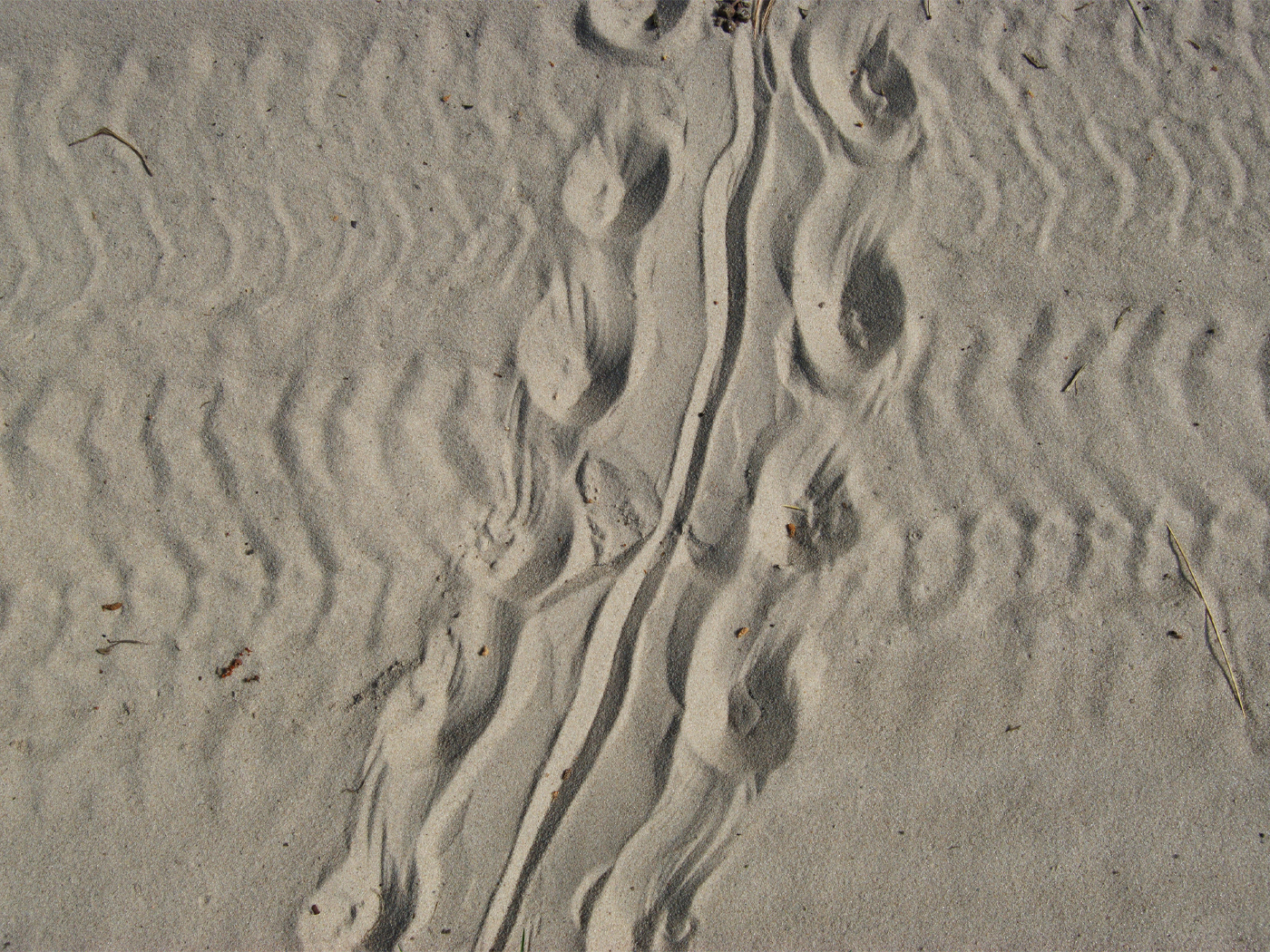An evolutionary website recently published “a groundbreaking study” that supposedly identifies a basic, uncomplicated, “simple” creature as the ancient ancestor of all bilaterians (creatures with just one plane in which they can be separated into two equal halves), and this organism supposedly existed 700 million years ago.1
The article begins with a just-so story, addressing an unknown, unobserved, hypothetical creature suddenly appearing (“emerged”) somewhere on this planet.
700 million years ago, a remarkable creature emerged for the first time. Though it may not have been much to look at by today’s standards, the animal had a front and a back, a top and a bottom. This was a groundbreaking adaptation at the time, and one which laid down the basic body plan which most complex animals, including humans, would eventually inherit.1
Keep in mind that no one has even seen this “remarkable creature,” and creationists predict it will never be found in the fossil record. Regardless of this unknown, its “genetic legacy...has significantly influenced the evolutionary trajectory of complex animals through the specialized adaptation of ancient genes.”1 If this creature is unknown, then how do evolutionists know of its genetic make-up (“ancient genes”)?
The SciTechDaily article gives an unconvincing description of gene duplication events occurring so long ago. Pay particular attention to the unscientific first sentence.
A bunch of tissue-specific genes first appeared coinciding with two whole genome duplication events. Animals could keep one copy for fundamental functions, while the second copy could be used as raw material for evolutionary innovation. Events like these, at varying degrees of scale, occurred constantly throughout the bilaterian evolutionary tree.1 (Emphasis added.)
Stephen Meyer wrote that evolutionary scenarios such as the one quoted above, “‘trace’ the history of preexisting genes, rather than explain the origin of the original genes themselves.”2
The Center for Genomic Regulation addressed the alleged “bilaterian evolutionary tree” even though such trees have repeatedly been shown to be problematic: “MicroRNAs produce completely different trees compared to other gene sequences and appear unexpectedly in taxa. Taxonomically restricted genes also appear abruptly without evolutionary precursors, lack homology to other genes, and uniquely define taxon.”3 Furthermore, “Gene duplication, as the name implies, involves the production of a duplicate copy of a preexisting gene, already rich in functionally specified information.”4
Without empirical evidence, the Center for Genomic Regulation states that everything from human reasoning to the flight of insects (the mayfly was one of the 20 species researched) is due to gene duplication events many millions of years ago. But there is zero evidence that gene duplication would result in, say, critical sections of DNA called enhancers (binding site on a DNA section for an activator protein during transcription initiation), which happens to involve the evolution of people and animals. Indeed, under the section entitled “Molecular parsimony: Gene duplication and divergence,” Barresi and Gilbert stated, “The evolution of animals appears to have involved the evolution of enhancers and the evolution of new pathways [emphasis added].”5 The evolution of new pathways would have involved many hundreds of complex biological catalysts called enzymes. But for the evolutionist, “How protein enzymes evolved is perhaps the greatest unsolved problem.”6
Incredibly, the article attempts to tie this wholly hypothetical story to the equally cryptic tale of human evolution7,8 despite the fact that “The exact path of human evolution is still the subject of heated debate, with many competing theories over how our species came into being, and how many close relatives we have.”9
To conclude, the SciTechDaily article never identified the alleged “simple creature” that crawled along the seafloor and set the stage for human evolution. In addition, appealing to gene duplication (which destroys information) and “serendipitous ‘copy-paste’ errors”1 doesn’t begin to explain the incredible diversity of life given by the Creator of life, the Lord Jesus.
References
- Unveiling the Dawn of Complex Life: How a Simple Creature Set the Stage for Human Evolution. Center for Genomic Regulation. Posted on scitechdaily.com August 28, 2023.
- Meyer, S. 2013. Darwin’s Doubt. San Francisco, CA: HarperOne, 212.
- Tomkins, J. and J. Bergman. Incomplete lineage sorting and other ’rogue’ data fell the tree of life. Journal of Creation. 27 (3): 84–92.
- Meyer, 218. See also Sanford, J. 2014. Appendix 4: Can Gene Duplication and Polyploidy [possessing one or more sets of homologous chromosomes] Increase Genetic Information? In Genetic Entropy. FMS Publications.
- Barresi, M. and S. Gilbert. 2020. Developmental Biology. Sunderland, MA: Sinauer Associates, 739. See also Sherwin, F. 2020. Metabolic Pathways to God. Acts & Facts. 49 (3): 14.
- Futuyma, D. and M. Kirkpatrick. 2017. Evolution. Sunderland, MA: Sinauer Associates, 437.
- Thomas, B. Surgeon Says Human Body Did Not Evolve. Creation Science Update. Posted on ICR.org February 6, 2012, accessed May 16, 2024.
- Tomkins, J. et al. 2022. Human Origins. Dallas, TX: Institute for Creation Research.
- Ashworth, J. Sinuses offer new way of studying the evolution of ancient humans. Phys.org. Posted on phys.org August 29, 2023.
* Dr. Sherwin is a science news writer at the Institute for Creation Research. He earned an M.A. in invertebrate zoology from the University of Northern Colorado and received an honorary doctorate of science from Pensacola Christian College.










